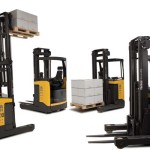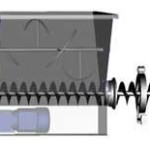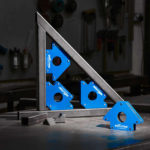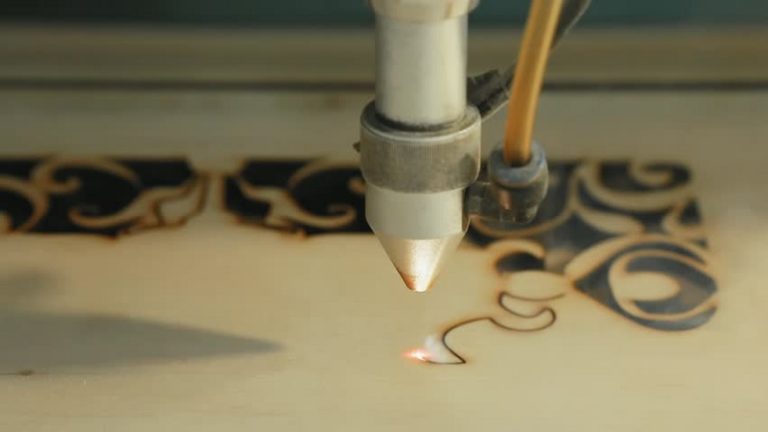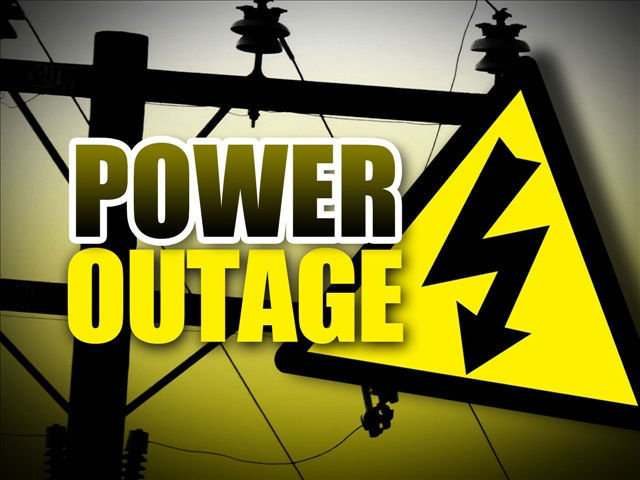
Nowadays, thanks to the numerous advancements in technology, computers and other IT equipment are significantly improved. However, even with all the improvements, computers and process control systems are still very sensitive to power malfunctions like: noise pulses, blackouts, spikes, etc. Despite the fact that all electric power utilities strive to provide stable power, there is no guarantee for a stable service.
However, there is a solution for this problem – the uninterrupted power supply or simply said UPS. Having uninterrupted power supply is the same as getting insurance policy against the problem with unstable power. Generally, the uninterrupted power supply systems are used for computers, because they maintain a constant power supply. The UPS protects the computer data from being lost in case of:
- Voltage Sags – When the voltage line is lower than it should be;
- Voltage Surges And Spikes – When a voltage line is more than it should be;
- Total Power Failure – When the voltage line goes down, or a fuse blows somewhere in the building or in the grid;
- Frequency Differences – When the power is oscillating.
The two most commonly used types of UPS are: standby uninterrupted power supply and continuous uninterrupted power supply.
Standby Uninterrupted Power Supply
A standby uninterrupted power supply system provides additional power to the computer when the power supply fails. In general, the standby UPS system is designed to provide own power for the devices which are connected to the system. When a power from the main power source is available, the uninterrupted power supply connects the computer directly to the main power source, and in case when the main power or voltage fails, the standby UPS switches to its own power.
Continuous Uninterrupted Power Supply
When a continuous UPS is being used, the computer usually runs off of battery power, so the battery is being constantly recharged. In this case, you can easily build your own uninterrupted power supply device with a larger battery charger, power inverter and a battery. If the power or voltage fails, the battery gives power to the inverter and there is no switch over time with the continuous uninterrupted power supply. The continuous UPS systems supply extremely stable and clean power, and because of this they are usually used in server rooms and for other critical applications. Standby UPS systems on the other hand, are commonly used in homes or for small business applications.

